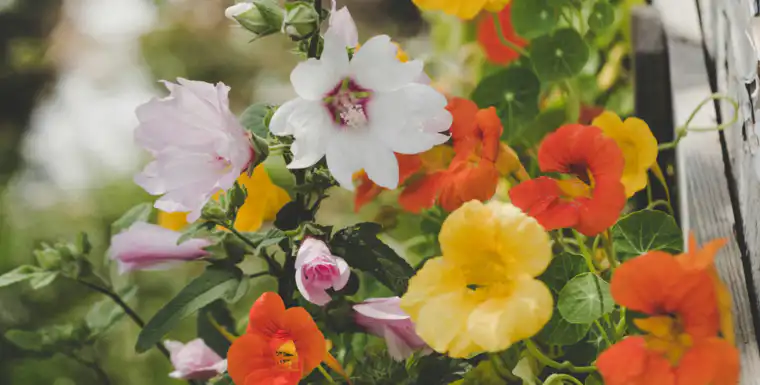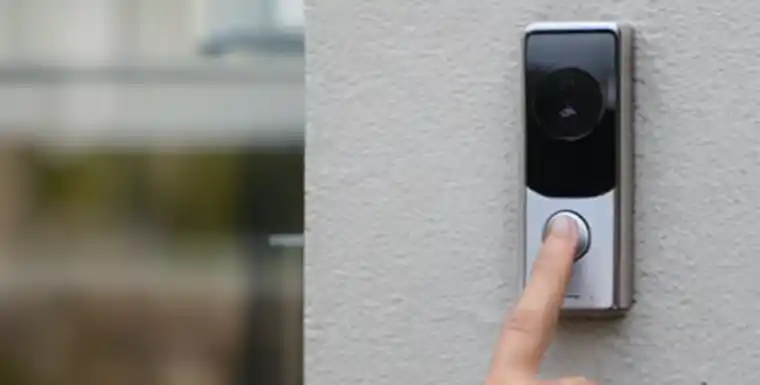Transforming Your Backyard into a Flower Haven
Imagine a garden where you can pick a fresh bouquet at any moment. Creating a cut flower garden is a delightful endeavor that brings the beauty of nature right to your doorstep. It’s a simple yet rewarding hobby that anyone can enjoy, regardless of experience.

Quick Links
Choosing the Ideal Location for Your Garden
The success of your cut flower garden begins with selecting the right location. Find a spot that receives plenty of sunlight throughout the day. Whether you opt for in-ground planting, raised beds, or containers, ensure that the area has good drainage and access to water for easy maintenance. Raised beds are a great solution for improving drainage and overcoming soil quality issues.
Selecting Flowers for Your Cut Flower Garden
When it comes to choosing flowers, consider your climate and the recommended planting zones. Hardy and half-hardy annuals like cosmos, zinnias, scabious, and sweet peas are excellent choices for their resilience and ability to regenerate after each cutting. These “cut and come again” flowers will ensure a steady supply of blooms for your home.
Diversifying Your Flower Selection
To add variety and extend the blooming season, incorporate bulbs, biennials, and foliage plants into your garden. Beginner-friendly bulbs such as dahlias, daffodils, lilies, and hyacinths can provide a splash of color and interest. Biennials like foxgloves and hollyhocks, along with textural foliage, will give your garden a lush, dynamic appearance.
Designing Your Cut Flower Garden Layout
Before planting, it’s essential to plan your garden layout. Sketch a to-scale map of your garden, taking into account the height and spread of each plant. This will help you create a balanced and aesthetically pleasing design. Remember to include pathways for easy access to all parts of your garden for maintenance and harvesting.
Preparing the Soil and Planting Your Garden

Preparation is key to a thriving garden. Enrich your soil with organic matter and a balanced fertilizer. When planting, stake tall flowers or group them for natural support. Follow the seed packet instructions for optimal spacing and depth. As your garden grows, enjoy the transformation from barren earth to a vibrant floral display.
Maintaining Your Cut Flower Garden
Regular maintenance is crucial for a healthy garden. Water deeply and consistently, keeping an eye out for weeds and signs of pests or disease. Deadheading spent blooms not only keeps your garden looking tidy but also encourages new growth. Remember to collect seeds from a few select flowers to replenish your seed supply for the following season.
Harvesting and Enjoying Your Blooms
Harvesting is the culmination of your hard work. Prepare a large container of cool water to receive your cut flowers. Use sharp shears to cut the stems at the base, ensuring a clean cut without any remaining stubs. After allowing the flowers to hydrate, trim the stems at an angle and arrange them in a vase with fresh water. Regularly refresh the water and trim the stems to extend the life of your bouquet.
Extending the Life of Your Cut Flowers
To maximize the vase life of your cut flowers, it’s important to store them properly after harvesting. Keep your bouquets in a cool, dry place out of direct sunlight. Change the water every day and give the stems a fresh cut every few days to ensure they can absorb water effectively.
The Joy of Growing Your Own Cut Flowers
Growing a cut flower garden is not just about the flowers; it’s about the joy and satisfaction that come from nurturing something from the ground up. It’s a process that teaches patience, attention to detail, and the rewards of dedication. As you watch your garden flourish, you’ll appreciate the beauty of each season and the unique character of every bloom.
With these detailed guidelines, you’re now equipped to create a thriving cut flower garden that will bring you joy for many seasons to come. Why wait to bring the beauty of fresh flowers into your life? Start your gardening journey today and watch as your outdoor space transforms into a lush, vibrant source of endless bouquets.





